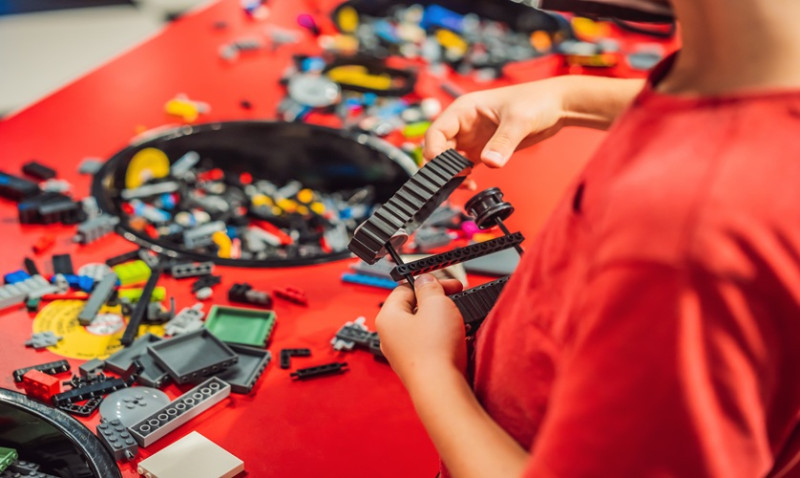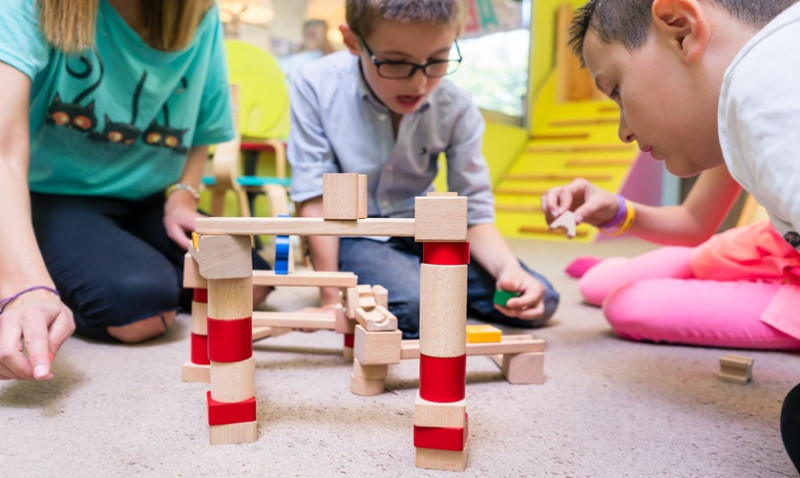
Working in early years settings can be incredibly rewarding, but it also comes with its fair share of challenges—one of the most significant being managing children's behaviour. Children in their early development stages are learning how to express emotions, interact with others, and navigate social boundaries. As a result, challenging behaviour is not uncommon. Effectively managing these behaviours is essential for creating a safe, nurturing, and conducive learning environment. In this post, we explore practical strategies for managing challenging behaviour in early years settings, with insights valuable for nursery staff, early years practitioners, and preschool educators across the UK.
Understanding the Root Causes of Behaviour
Every behaviour, even difficult or inappropriate behaviour, serves a purpose. It is essential to understand the underlying reasons that might trigger challenging behaviour in young children. Common factors can include communication difficulties, emotional struggles, sensory processing issues, or changes at home such as a new sibling or a recent move.
Taking a child-centric approach helps educators and caregivers respond sensitively and effectively. Observing a child's behaviour patterns, times of occurrence, and specific triggers allows practitioners to identify the root cause behind an action. Rather than reacting punitively, understanding behaviour allows you to implement proactive solutions.
For example, a child struggling with speech might lash out in frustration during group activities. In this case, introducing more visual cues or alternative communication methods like Makaton can make a meaningful difference. Developing behavioural strategies rooted in understanding is more sustainable and supportive over time.
Setting Clear Expectations and Routines
Consistency is key when managing early years behaviour. Young children thrive on structure; they feel safe and supported when they know what to expect. Establishing clear, age-appropriate rules and routines helps children understand boundaries and acceptable behaviour.
Communicate expectations frequently, using simple language and visual aids. Early years settings can create “golden rules” such as “kind hands” or “we listen to each other,” displaying them prominently in the classroom. These should be reinforced regularly through stories, examples, and praise.
Routines also play a critical role. Predictable daily schedules help minimise anxiety and reduce behavioural issues. For example, implementing consistent settling-in times, snack breaks, play sessions, and tidy-up routines creates flow and security, making children less likely to act out from uncertainty or overstimulation.
Positive Reinforcement and Encouraging Good Behaviour
Rewarding positive behaviour is one of the most effective tools in managing a classroom. By focusing on what children are doing right, educators boost confidence and reinforce behaviours worth repeating. Praise should be specific—rather than saying “good job,” say “I noticed you shared the toy with your friend. That was really kind of you!”
Young children respond particularly well to tangible reward systems. Implementing sticker charts, smiley face tokens, or ‘helper of the day’ programs can motivate positive actions. However, be careful not to over-rely on extrinsic rewards. The goal is to internalise good behaviour through building empathy, respect, and community values.
Use praise strategically and authentically. It's not only about praising outcomes but also the effort. Recognising a child’s effort to manage their emotions or follow a difficult instruction reinforces their growth mindset and supports long-term behavioural development.
Creating a Supportive Environment
Sometimes, behaviour is influenced not just by individual factors but also by the environment. A crowded, noisy, or overstimulating setting can trigger meltdowns and frustration in young children. Carefully designing the learning space can have a significant impact on behaviour management.
Use calm, neutral colours, soft furnishings, and sensory zones to help children regulate their emotions. Ensure that materials and resources are accessible and labelled with both words and images to promote independence, reduce conflict, and support transitions.
Providing quiet zones or ‘calm corners’ where children can retreat when overwhelmed is also valuable. These areas should not be used as punishments, but rather as safe havens where children can self-soothe with soft toys, sensory items, or calming books.
Using Behaviour Management Strategies
There are a number of well-established strategies that early years practitioners across the UK use to manage behaviour. One commonly used approach is the ABC model – Antecedent, Behaviour, and Consequence. This helps identify what happens before a behaviour (Antecedent), the behaviour itself, and what happens afterwards (Consequence).
Another popular tool is the “Time-In” strategy rather than “Time-Out,” where a child is offered comfort, discussion, and guidance to help them process emotions constructively instead of being isolated. This teaches emotional regulation more effectively than traditional punitive approaches.
Below is a table summarising common strategies and how they support behavioural outcomes in early years settings:
| Strategy | Description | Benefits |
|---|---|---|
| ABC Charting | Analyzing behaviour through triggers and consequences | Helps identify patterns and root causes |
| Time-In | Calm, supportive discussions with adult guidance | Builds trust and emotional intelligence |
| Visual Schedules | Use of images to outline routines | Reduces anxiety and increases independence |
| Positive Reinforcement | Praise and rewards for desirable behaviour | Encourages repetition of good behaviour |
| Calming Area | Designated quiet place with sensory materials | Supports emotional regulation |
Working Collaboratively with Families
Close communication and collaboration with parents and carers are essential when managing challenging behaviour. Families have invaluable insight into what works at home, which can be leveraged within the setting for consistency and better outcomes.
Involve parents from the beginning. When concerns arise, approach the conversation from a supportive, rather than accusatory, standpoint. Use clear examples, focus on the child’s well-being, and work together to develop plans or strategies tailored to that child’s needs.
Consistency between the early years setting and home environment is key. Shared approaches, such as using the same positive language or reward systems, can help reinforce expectations and behaviours in both spaces.
Keep communication ongoing, not just reactive. Regular updates on progress, even small improvements, help foster trust and mutual investment in the child’s development.
The Importance of Staff Training and Support
Managing challenging behaviour in early years settings requires skill, patience, and continuous professional development. Staff training ensures that practitioners are equipped with the necessary techniques, language, and psychological understanding to respond effectively.
Training topics should include behaviour management models, safeguarding, emotional intelligence, trauma-informed care, and inclusion. Inspections from Ofsted increasingly focus on how settings support both behavioural and emotional development, making ongoing training essential.
It’s also vital that early years staff feel supported themselves. Working with high-needs children can be emotionally draining. Regular staff meetings, reflective practice, and mentorship help foster a team spirit and reduce burnout.
Conclusion
Challenging behaviour in early years settings is inevitable but manageable. With a thoughtful, child-centred approach rooted in empathy, consistency, and collaboration, educators can transform these behavioural obstacles into opportunities for growth and connection.
By investing time in understanding each child, strengthening their environment, and building constructive relationships with families, early years practitioners across the UK can create a positive, inclusive, and emotionally secure space where every child thrives.
Supporting young children's behaviour is not about control—it's about guidance. With patience, practice, and the right tools, early years staff can help children grow into resilient, compassionate, and confident learners.





